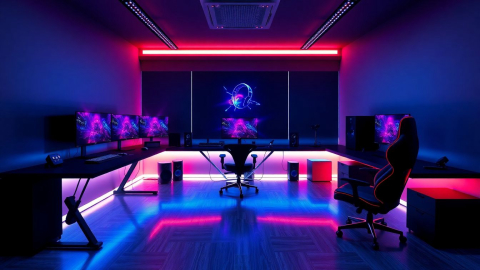Transitional Interior Design: Mastering the Art of Blending Traditional and Modern Aesthetics
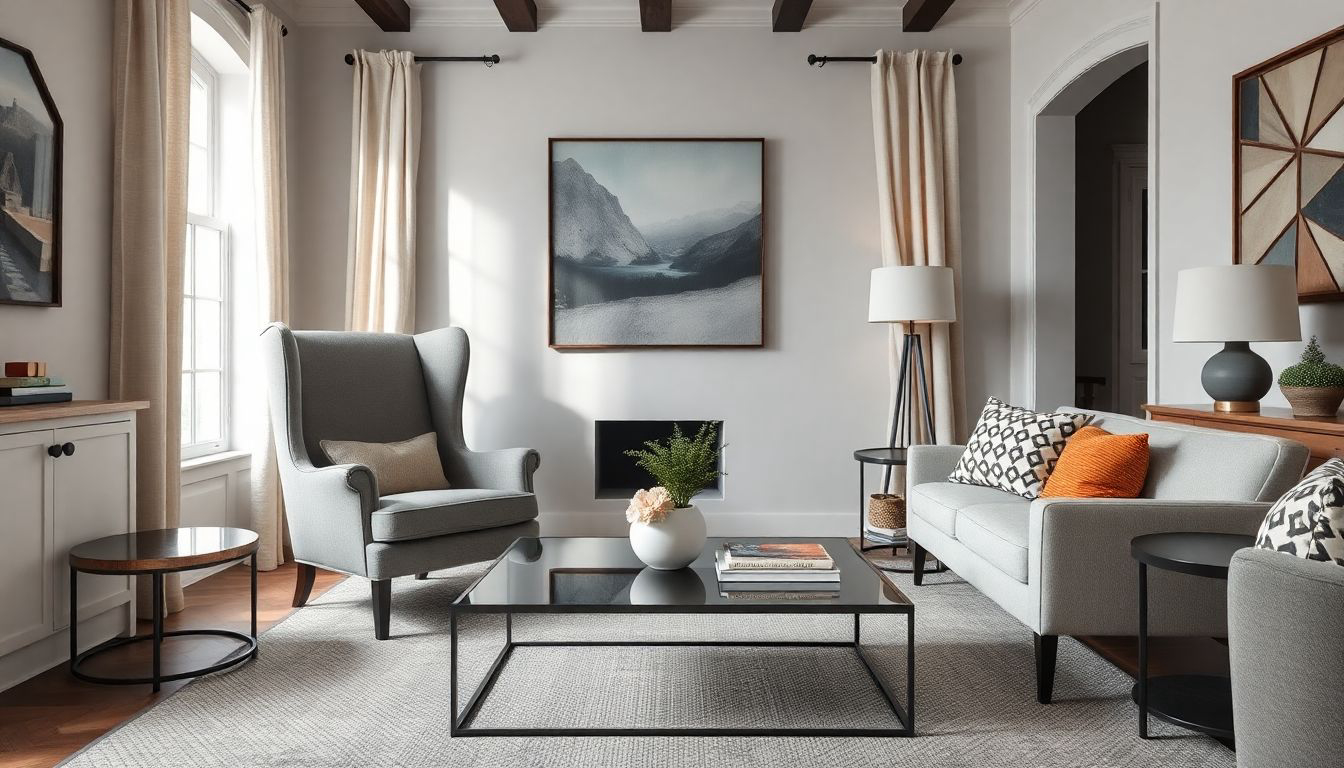
In the ever-evolving world of interior design, one style has emerged as a harmonious bridge between the classic and the contemporary: transitional design. This versatile approach to home decor seamlessly blends the timeless elegance of traditional aesthetics with the clean lines and minimalist sensibilities of modern design. The result is a sophisticated, enduring style that offers both comfort and visual appeal. As designer Kerrie Kelly, Chair of the ASID National Board, aptly puts it, "Embracing a timeless aesthetic, transitional style celebrates natural light and a relaxed feel with smooth, blending details that create warm yet modern [interiors]."
The Essence of Transitional Design
At its core, transitional design is about finding balance. It's the perfect solution for those who find traditional interiors too stuffy or ornate, yet consider modern spaces too cold or stark. This design philosophy allows homeowners to create spaces that feel both familiar and fresh, combining the best elements of both worlds to achieve a look that is uniquely their own.
Key Characteristics
- Neutral Color Palettes: Transitional spaces often feature soothing, neutral hues such as taupes, tans, and vanillas, paired with darker tones for depth and contrast.
2. Clean Lines with Subtle Curves: Furniture in transitional design typically features straight lines, occasionally softened by gentle curves for added visual interest.
- Textural Elements: A variety of textures, from smooth glass and lacquer to rough-hewn wood and plush fabrics, add depth and warmth to transitional spaces.
4. Minimal Accessories: Unlike traditional design, which may lean towards abundant ornamentation, transitional style favors a more restrained approach to accessories and decor.
- Modern Lighting: Contemporary light fixtures often serve as statement pieces in transitional interiors, adding a touch of modernity to otherwise classic spaces.
Creating a Transitional Space: Room by Room
The Living Room
The living room is often the heart of a home, and in transitional design, it's where the balance between comfort and style truly shines. Start with a neutral base, such as a plush, ivory-colored sofa, and layer in textures through throw pillows, area rugs, and window treatments. Incorporate both traditional and modern elements in your furniture choices – perhaps a classic wingback chair paired with a sleek, metal coffee table.
"Transitional design is about blending a traditional aesthetic with modernist sensibilities," says Los Angeles interior designer Stefani Stein. "Allowing the two styles to combine effortlessly is about balance."
The Kitchen
In the kitchen, transitional design often manifests through a mix of classic cabinetry styles and contemporary finishes. Consider pairing Shaker-style cabinets with modern hardware and sleek, stainless steel appliances. A subway tile backsplash laid in a herringbone pattern can add a traditional touch while still feeling fresh and current.
The Bedroom
Create a serene transitional bedroom by focusing on comfort and simplicity. A tufted headboard in a neutral fabric can serve as a traditional anchor, while streamlined bedside tables and modern light fixtures add contemporary flair. Keep the color palette subdued, using textures and subtle patterns to add visual interest.
The Art of Mixing: Furniture and Finishes
One of the key skills in mastering transitional design is the ability to thoughtfully combine furniture pieces and finishes from different eras. This approach allows for a curated, collected look that feels both personal and timeless.
Furniture Selection
When choosing furniture for a transitional space, look for pieces that bridge the gap between traditional and modern styles. For example:
- A classic Chesterfield sofa upholstered in a sleek, neutral fabric
- A mid-century modern dining table paired with traditional upholstered chairs
- An antique dresser used alongside a contemporary bed frame
Finishes and Materials
Transitional design embraces a mix of materials, combining natural elements with more refined finishes. Some popular choices include:
- Warm wood tones paired with cool metals
- Marble or granite countertops with contemporary cabinet hardware
- Textured wallpapers or grasscloth paired with smooth, painted surfaces
Color and Texture: The Building Blocks of Transitional Design
While neutral color palettes are a hallmark of transitional design, this doesn't mean spaces have to be boring or lack visual interest. The key is to use color and texture strategically to create depth and warmth.
Color Strategies
- Base Neutrals: Start with a foundation of warm whites, soft grays, or rich taupes.
- Accent Colors: Incorporate subtle pops of color through accessories, artwork, or small furniture pieces.
- Tonal Variations: Use different shades within the same color family to add depth without overwhelming the space.
Texture Play
Texture is crucial in transitional design, adding interest and dimension to neutral spaces. Consider incorporating:
- Plush area rugs or carpets
- Tactile fabrics like velvet, linen, or bouclé
- Natural materials such as stone, wood, or woven fibers
Lighting: The Jewelry of Transitional Design
Lighting plays a pivotal role in transitional interiors, often serving as a focal point or statement piece. Modern fixtures can add a contemporary edge to more traditional spaces, while classic designs with updated finishes can bring warmth to sleeker environments.
Consider mixing different types of lighting to create a layered, inviting atmosphere:
- Ambient Lighting: Use recessed lights or modern chandeliers for overall illumination.
- Task Lighting: Incorporate sleek table lamps or adjustable floor lamps for focused light.
- Accent Lighting: Highlight artwork or architectural features with picture lights or wall sconces.
Challenges and Solutions in Transitional Design
While transitional design offers great flexibility, it can also present challenges for homeowners and designers alike. Here are some common issues and strategies to address them:
- Avoiding a Disjointed Look: Ensure cohesion by repeating colors, materials, or shapes throughout the space.
- Maintaining Balance: Be mindful of the ratio between traditional and modern elements to prevent the space from leaning too heavily in one direction.
- Preventing Blandness: While neutrals are key, don't be afraid to incorporate subtle patterns or unexpected textures to add visual interest.
The Future of Transitional Design
As design trends continue to evolve, transitional style is likely to remain popular due to its adaptability and timeless appeal. Looking ahead, we can expect to see:
- Increased Focus on Sustainability: Incorporation of eco-friendly materials and vintage pieces in transitional spaces.
- Technology Integration: Seamless blending of smart home features with traditional design elements.
- Global Influences: Infusion of cultural elements from around the world, creating a more eclectic transitional style.
Conclusion
Transitional interior design offers a unique opportunity to create spaces that are both comfortable and stylish, blending the best of traditional and modern aesthetics. By focusing on neutral color palettes, mixing furniture styles, and incorporating varied textures and materials, homeowners can achieve a look that is both timeless and personal. As interior designer Alicia Murphy notes, "Transitional design is all about the seamless balance between the traditional and the modern." With careful consideration and thoughtful curation, transitional design can transform any home into a harmonious haven that truly stands the test of time.
References and Further Reading
More Articles
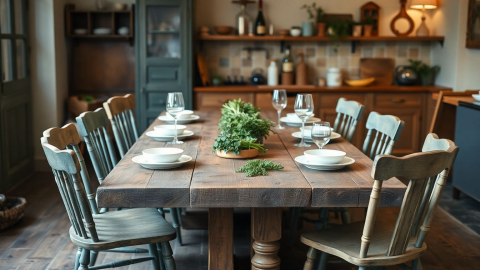
Italian Countryside Interior Design: A Satirical Guide to Rustic Chic
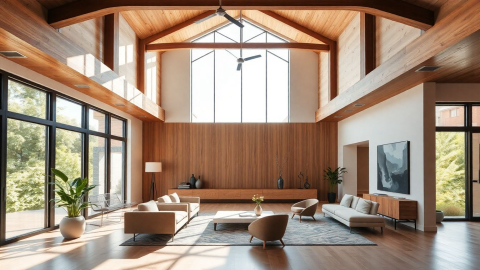
New York School of Interior Design: Shaping the Future of Aesthetics and Functionality
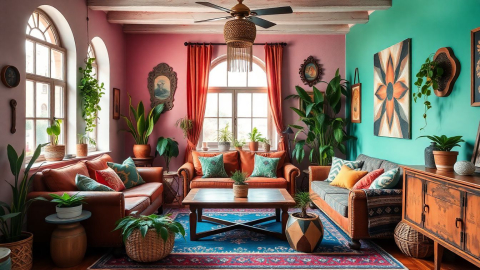
Embracing the Boho Spirit: A Comprehensive Guide to Bohemian Interior Design
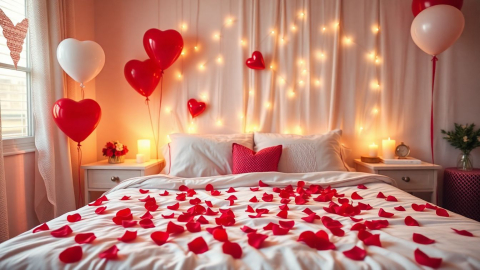
A Satirical Guide to Valentine Room Decoration: Because Love Needs Balloons and Roses
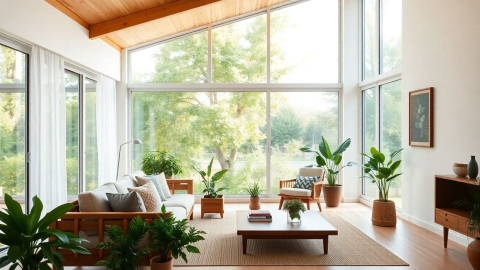
Biophilic Interior Design: Nurturing the Human-Nature Connection in Modern Spaces
